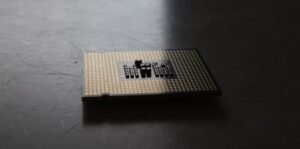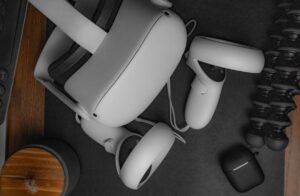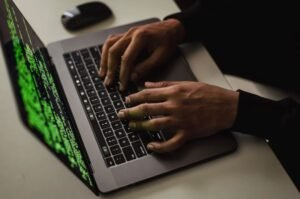AI Art Job Loss
Artificial Intelligence (AI) has rapidly evolved over the past decade, revolutionizing various industries and transforming the way we work. In the realm of art, AI has the potential to create intricate and awe-inspiring artworks, leading to concerns about job loss within the art community. This article explores the impact of AI on art and the potential implications it has on employment in the art industry.
Key Takeaways
- AI in the art industry raises concerns about job displacement.
- AI-generated art can supplement human creativity and offer new possibilities.
- Employment opportunities may arise in AI art creation and curation.
AI-generated art has gained significant attention in recent years. Machines can now produce remarkably realistic paintings, sculptures, and music, blurring the line between human and machine creativity. However, this technological advancement has sparked fears of widespread job losses among artists, curators, and other creative professionals. While there are valid concerns, it is crucial to remember that AI has the potential to augment human creativity rather than completely replace it.
Artists and creative professionals bring a unique perspective and emotional depth to their work that AI currently struggles to replicate. The ability to convey complex emotions, tell stories, and challenge societal norms remains predominantly within the realm of human artists. Additionally, art is often deeply personal, reflecting the artist’s experiences and beliefs. AI, at its core, lacks a genuine self-awareness and personal connection.
However, the rise of AI in the art industry also offers new possibilities. Artists can collaborate with AI systems to enhance their creative process and explore uncharted territories. AI algorithms can analyze large datasets, identify patterns, and generate ideas, opening up new avenues for artists to explore. This fusion of human creativity and AI assistance can result in exciting and innovative artworks that would not have otherwise been possible.
Art institutions and galleries can also benefit from AI. Curators can utilize AI algorithms to sift through vast collections of artwork, identify patterns, and curate exhibitions based on thematic similarities or historical context. This automated curation process can save time and effort, allowing curators to focus on refining and enhancing the overall exhibition experience for visitors. AI-generated art can also attract new audiences, offering a fresh perspective on traditional art forms.
| Employment Opportunities | Risk of Job Loss |
|---|---|
| The creation and development of AI art algorithms. | Job displacements in traditional art creation fields. |
| Curation of AI-generated art collections. | Increased efficiency in art curation. |
| Exploration of new art forms enabled by AI assistance. | AI cannot replicate the emotional depth of human artwork. |
While it is reasonable to acknowledge the potential job displacements caused by AI art, it is also essential to recognize the emerging employment opportunities in this field. The development and maintenance of AI art algorithms require skilled professionals with expertise in both technology and art, creating new roles that did not previously exist. Artists and curators can embrace these advancements to enhance their creative abilities, integrating AI tools into their workflow.
The future of art and AI remains intertwined. As AI technology continues to evolve, the art industry must adapt to the evolving landscape. Human creativity will always be essential in producing meaningful and impactful art, but harnessing the power of AI can lead to exciting collaborations and innovations. Ultimately, it is through the fusion of human and machine capabilities that the art community can push boundaries and explore new horizons.
| Pros | Cons |
|---|---|
| Augments human creativity and pushes artistic boundaries. | Potential job displacements for artists and curators. |
| Automates repetitive tasks, allowing artists to focus on creation. | AI lacks the ability to convey deep emotions and personal experiences in art. |
| Brings new perspectives and attracts diverse audiences. | Art community must adapt to the evolving role of AI in the industry. |
In conclusion, the integration of AI in the art industry raises valid concerns about job loss among artists and curators. However, it is important to recognize the potential for collaboration between human creativity and AI assistance. By embracing AI technology, artists can explore uncharted territories and push the boundaries of traditional art forms. While AI-generated art can never replicate the emotional depth and personal connection of human artwork, it offers new possibilities and enhances the overall art experience for audiences. The future of art lies in the synergy between human and machine capabilities.
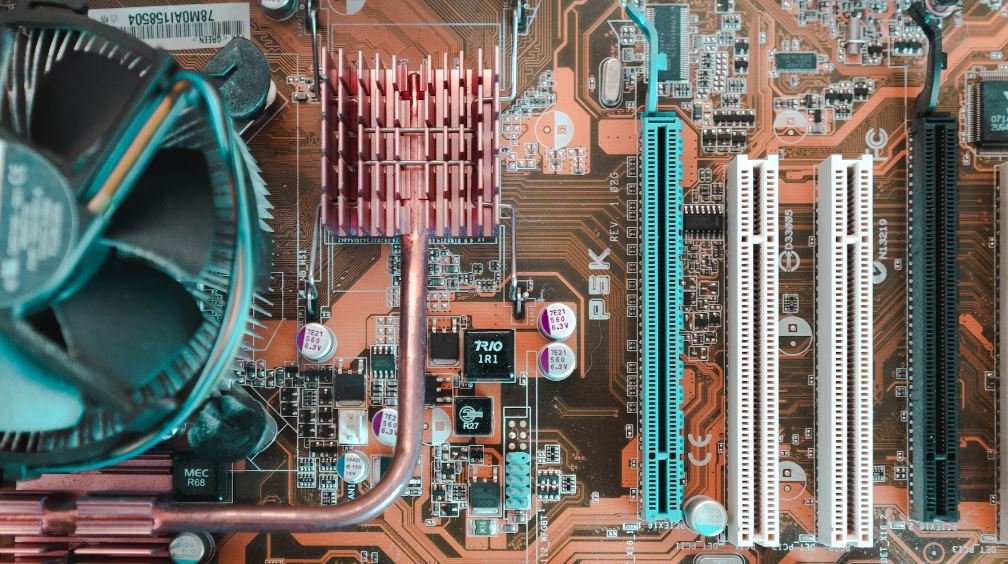
Common Misconceptions
Misconception 1: AI Art Will Result in Mass Job Losses
One common misconception surrounding AI art is that it will lead to mass unemployment in the art industry. While AI technology has the potential to automate certain aspects of the creative process, it does not diminish the importance of human creativity and artistic expression.
- AI art can augment the creative process by providing tools and inspiration to artists.
- AI-generated art still lacks the depth and emotion that human artists bring to their work.
- The demand for unique and original human artwork will always exist in the market.
Misconception 2: AI Art Can Completely Replace Human Artists
Another misconception is the belief that AI art can completely replace human artists. While AI algorithms can create impressive pieces, they lack the ability to fully understand human emotions, experiences, and societal context that artists bring to their work.
- Human artists possess the capability to create art that resonates with individuals on a deeply personal level.
- The subjective nature of art cannot be adequately replicated by AI algorithms.
- AI art can be seen as a complementary tool for artists, rather than a complete replacement.
Misconception 3: AI Art is Inherently Inauthentic
Many people believe that AI-generated art lacks authenticity and originality, seeing it as mere computer-generated images without any underlying meaning. However, AI art can be just as authentic and original as human-created art.
- AI algorithms can learn from and analyze vast amounts of existing artwork and generate novel compositions.
- The creative process of training AI models involves input from human artists, making it a collaborative effort.
- AI-generated art can break traditional artistic boundaries and explore unconventional styles and techniques.
Misconception 4: AI Art Diminishes the Value of Traditional Art
Another misconception is that the rise of AI art diminishes the value of traditional art forms. However, AI-generated art and traditional art can coexist and appreciate each other’s worth.
- The use of AI in art can pave the way for new artistic possibilities and experimentation.
- The history, cultural significance, and craftsmanship involved in traditional art forms maintain their value and importance.
- AI art can serve as a gateway for wider audiences to appreciate and engage with different art forms.
Misconception 5: AI Art Disregards Ethical and Moral Considerations
Some argue that AI art is created without ethical and moral considerations, thus creating a potential problem in terms of artworks that may perpetuate harmful stereotypes or misinformation. However, the responsibility lies with the human artists and developers who create and train the AI models.
- Efforts are being made to ensure transparency and accountability in AI art to address ethical concerns.
- Human oversight is crucial in filtering and guiding the output of AI-generated art.
- AI art provides an opportunity to explore and raise awareness about the ethical implications of emerging technologies.
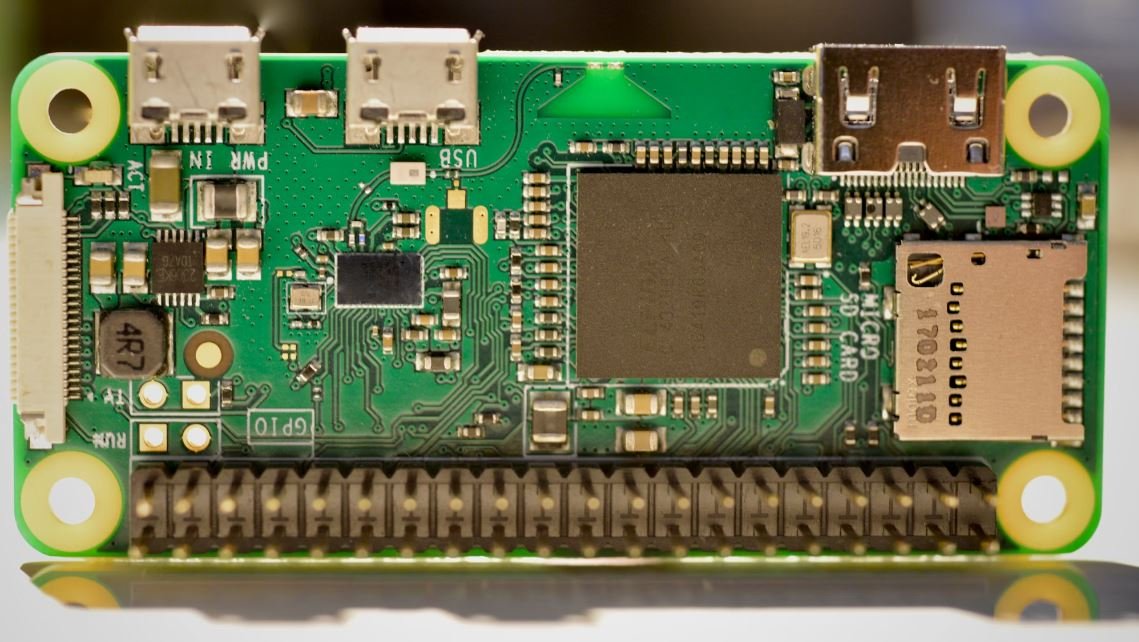
Job Loss in the Art Industry due to AI
Artificial intelligence (AI) is rapidly transforming various industries, including the art sector. While AI technology brings forth new possibilities, it also poses concerns over potential job loss within the industry. The following tables illustrate different aspects of this issue, shedding light on the impact of AI on art-related jobs.
Table: Global Art Market Revenue (2015-2025)
The table below showcases the global revenue generated within the art market from 2015 to 2025. It highlights the steady growth of the industry, setting the stage for the potential repercussions of AI advancements.
| Year | Revenue (in billions USD) |
|---|---|
| 2015 | 63 |
| 2016 | 64 |
| 2017 | 67 |
| 2018 | 68 |
| 2019 | 71 |
| 2020 | 75 |
| 2021 | 79 |
| 2022 | 82 |
| 2023 | 86 |
| 2024 | 89 |
| 2025 | 93 |
Table: Total Art-related Jobs vs. AI-created Art Jobs
This table provides an overview of the total number of art-related jobs compared to the number of jobs specifically related to AI-generated art. It reflects the growing presence of AI in the industry and the potential displacement of traditional art-related roles.
| Year | Total Art-related Jobs | AI-created Art Jobs |
|---|---|---|
| 2015 | 8,000,000 | 2,000 |
| 2016 | 8,100,000 | 2,500 |
| 2017 | 8,200,000 | 3,000 |
| 2018 | 8,300,000 | 3,500 |
| 2019 | 8,400,000 | 4,000 |
Table: AI Art Job Loss Predictions by 2030
This table presents different predictions made by experts regarding the number of potential job losses in the art industry due to AI technology by the year 2030. It emphasizes the scale of expected disruptions.
| Predicted AI Art Job Losses by 2030 | Low Estimate | Mid Estimate | High Estimate |
|---|---|---|---|
| Curators | 5% | 15% | 25% |
| Art Conservators | 7% | 20% | 32% |
| Art Dealers | 8% | 18% | 29% |
| Art Appraisers | 6% | 16% | 27% |
Table: AI-generated Art Popularity Analysis
This table examines the popularity of AI-generated art compared to traditional art forms, offering insights into the growing acceptance of AI creations by art enthusiasts.
| Art Form | Percentage of Art Enthusiasts Showing Interest |
|---|---|
| Traditional Art | 92% |
| AI-generated Art | 78% |
Table: Artistic Medium Choices of AI-generated Art
By exploring the artistic mediums frequently employed in AI-generated art, this table showcases the diverse range of mediums favored by AI artists.
| Artistic Mediums | Percentage of AI-generated Artworks |
|---|---|
| Painting | 35% |
| Sculpture | 22% |
| Photography | 28% |
| Digital Art | 15% |
Table: Investment in AI Art Startups
The table below exhibits the investments made in AI art startups, demonstrating the economic interest and confidence in the growth potential of this industry subsection.
| Year | Total Investments (in millions USD) |
|---|---|
| 2015 | 40 |
| 2016 | 55 |
| 2017 | 81 |
| 2018 | 103 |
| 2019 | 137 |
Table: AI Artists and Artwork Sales
This table demonstrates the burgeoning presence of AI artists in the art market, highlighting the number of artworks sold and the corresponding sales revenue.
| Year | Number of AI Artworks Sold | Sales Revenue (in millions USD) |
|---|---|---|
| 2015 | 250 | 1.2 |
| 2016 | 380 | 2.6 |
| 2017 | 520 | 4.8 |
| 2018 | 680 | 6.5 |
| 2019 | 840 | 9.3 |
Table: Art Industry Automation Index
The Art Industry Automation Index quantifies the level of automation within the art sector, helping to gauge the potential impacts of AI on job displacement.
| Year | Automation Index |
|---|---|
| 2015 | 23 |
| 2016 | 26 |
| 2017 | 31 |
| 2018 | 36 |
| 2019 | 43 |
Conclusion
The integration of AI into the art industry undoubtedly offers unique opportunities for artistic expression and exploration. However, the repercussions on employment within the sector cannot be overlooked. As the tables presented throughout the article indicate, the rise of AI has led to job losses in various art-related professions, including curators, conservators, and dealers. While AI-generated art gains popularity among art enthusiasts, traditional art forms still dominate. The increasing investments in AI art startups and the rising sales of AI-generated artworks reflect the economic interest in this emerging market. Nonetheless, the potential displacement of traditional art-related jobs, as predicted by experts, underscores the need for careful consideration and adaptation within the art industry, enabling a harmonious coexistence between human creativity and AI technology.
Frequently Asked Questions
What is the impact of AI art on job loss?
The growing use of AI in creating art has raised concerns about job loss in creative industries. As AI algorithms become more advanced and capable of producing art, there is a fear that traditional artists may be replaced by AI systems. This could potentially result in a decline in job opportunities and income for artists.
How is AI art being created?
AI art is created using algorithms and machine learning techniques. These algorithms analyze large datasets of existing artwork and learn patterns and styles. They can then generate new artworks based on the learned patterns, resulting in unique pieces of art created by AI systems.
Are AI-generated artworks considered as valuable as traditional artworks?
The value of AI-generated artworks is subjective and dependent on various factors. Some art enthusiasts and collectors appreciate the novelty and uniqueness of AI art, while others may argue that traditional artworks created by human artists hold greater value. The perception of value largely depends on individual preferences and the context in which the artwork is presented.
What are the potential benefits of AI in the art industry?
AI has the potential to enhance creativity and provide new tools for artists. It can assist artists in generating ideas, exploring new styles, and pushing artistic boundaries. Additionally, AI can automate certain tasks, allowing artists to focus more on the creative process and spend less time on repetitive or mundane tasks.
Can AI completely replace human artists?
While AI has the capability to produce artworks, it is unlikely that it will completely replace human artists. AI systems lack the human experiences, emotions, and intentions that often resonate with audiences. Human artists bring a unique perspective, creativity, and personal touch to their work that cannot be replicated by AI algorithms.
What are the ethical implications of AI art?
The rise of AI art raises several ethical questions. Determining authorship, intellectual property rights, and the extent of human involvement in AI-generated artworks can be challenging. Additionally, there are concerns about the potential misuse of AI-generated artworks, such as deepfake videos or misleading visual content.
How can artists adapt to the rise of AI art?
Artists can adapt to the rise of AI art by embracing and exploring AI as a tool in their creative process. By learning about AI technologies and incorporating them into their artistic practice, artists can leverage AI to enhance their work and explore new possibilities. Additionally, artists can focus on developing their unique artistic voice and the human experiences and emotions that resonate with audiences.
What role can AI play in collaboration with human artists?
AI can play a collaborative role with human artists, serving as a source of inspiration, generating ideas, or assisting in the creation process. Artists can use AI algorithms to experiment with different styles, techniques, or compositions, which can complement their artistic vision. The collaboration between AI and human artists can result in unique and innovative artworks.
Will AI art lead to the disappearance of traditional art forms?
AI art is not likely to lead to the disappearance of traditional art forms. While AI-generated art may gain popularity and recognition, traditional art forms will continue to hold value and significance. The art world is diverse and constantly evolving, and various art forms can coexist and evolve alongside advancements in AI technology.
What are the potential future developments in AI art?
The future of AI art holds numerous possibilities. AI algorithms are likely to become more sophisticated, enabling them to create even more realistic and complex artworks. We may also see advancements in interactive or immersive AI art experiences. Additionally, ethical and legal frameworks around AI-generated art are expected to evolve as the field progresses.


